How Robotics Is Making Everyday Life Smarter, Easier, and More Fun
Imagine waking up to the smell of fresh coffee—brewed not by you, but by a smart robot that knows exactly how you like it. Sounds like something from a sci-fi movie, right? Well, this is quickly becoming real life.
From homes to hospitals, farms to factories, robotics is making a huge impact on our daily lives. But don’t worry—you don’t need to be a tech expert to understand it. In fact, you might already be using some robotic tech without even realizing it.
Smarter Homes With Helpful Robots
You don’t need a full-on robot butler to enjoy the perks of robotics at home. Simple gadgets powered by robotic technology are already changing the way we live.
Examples You Might Be Using:
- Robot vacuum cleaners like Roomba or Roborock that clean your floors without you lifting a finger.
- Smart lawn mowers that automatically cut your grass while you relax.
- Pet feeders that serve up food for your furry friends at scheduled times.
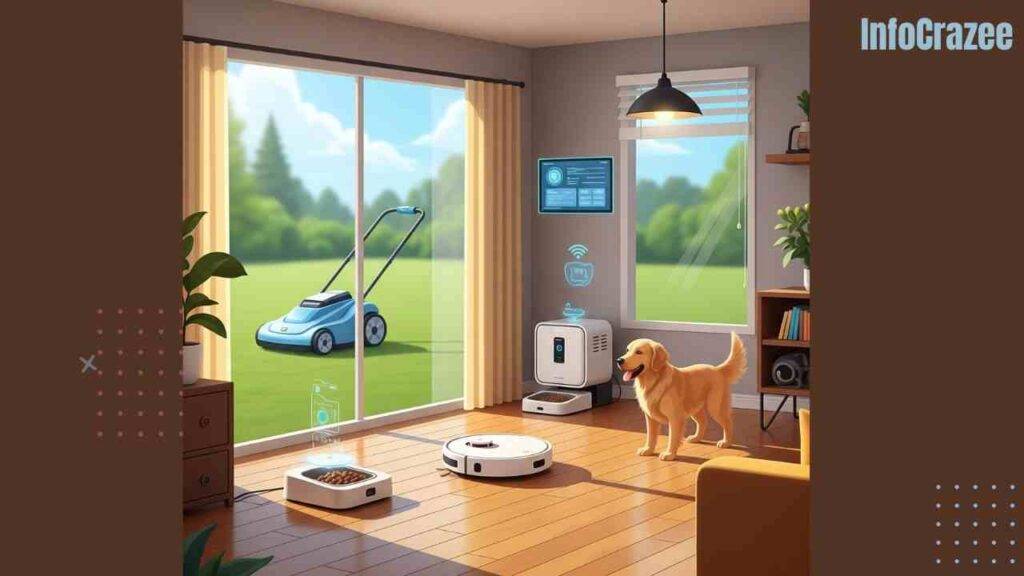
These handy tools use sensors and smart programming to do their jobs efficiently. They save time, reduce effort, and let you focus on other things—like spending time with your family or binge-watching your favorite show.
Making Work Life Easier
Robotics isn’t just about home convenience—it’s transforming the way we work, too.
In Offices and Warehouses:
- Delivery robots carry files, food, or products from one end of a building to another.
- Robotic arms help organize and pack products in warehouses like those at Amazon.
- Telepresence robots allow remote workers to attend meetings virtually—rolling through office hallways like they’re really there.
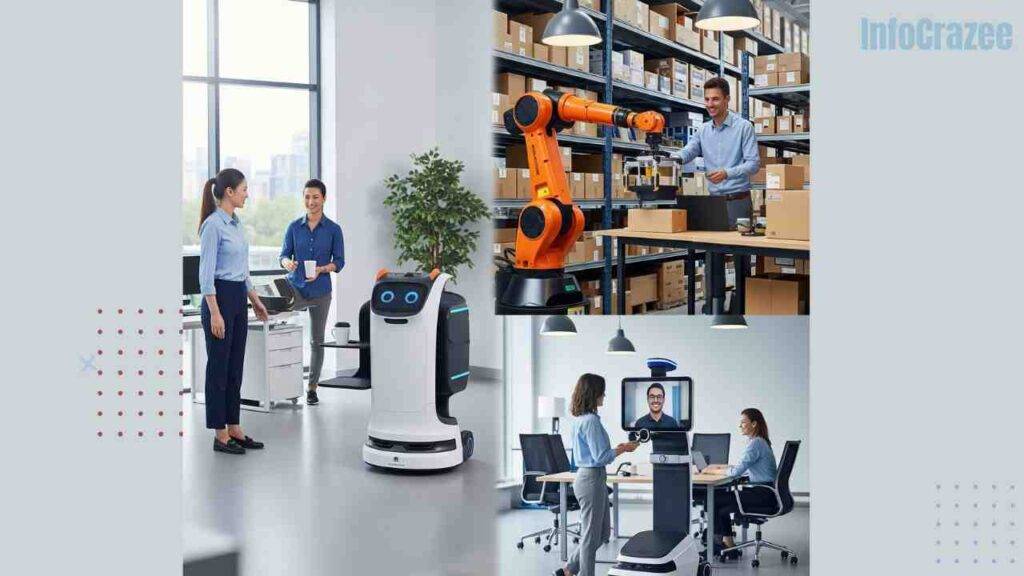
This means faster work, fewer mistakes, and less stress for human employees. And guess what? It’s not about replacing jobs. In many cases, robots handle the boring or risky parts so people can focus on the creative or meaningful stuff.
Changing How We Shop
Ever noticed how stores are getting smarter?
- Self-checkout kiosks that guide you through scanning and payment—many of them use robotic systems.
- Inventory robots that quietly roll through store aisles, checking which shelves are empty.
- Delivery drones and robotic couriers that drop packages at your door within hours of ordering.
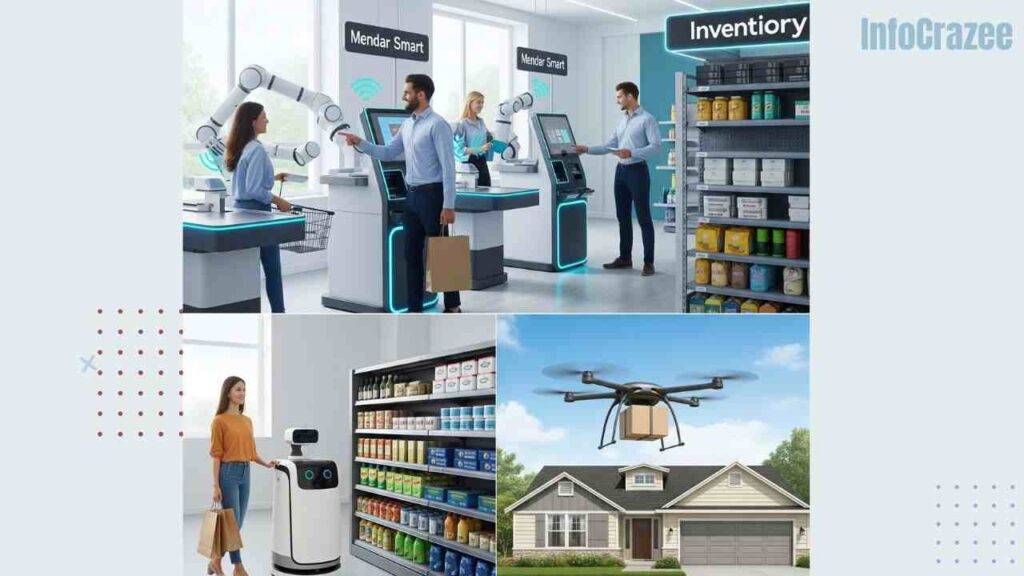
These changes are all about convenience. Long lines and missing products? Robotics is helping fix those everyday annoyances.
Helping Out in Health and Safety
Robots are also doing amazing things in healthcare with ai and safety—areas where every second and every step really matters.
Real-World Uses:
- Robotic surgery tools assist doctors in performing delicate operations with more precision.
- Rehabilitation robots help patients regain movement after injuries or strokes.
- Disinfection robots clean hospitals using UV light, especially important since COVID-19.
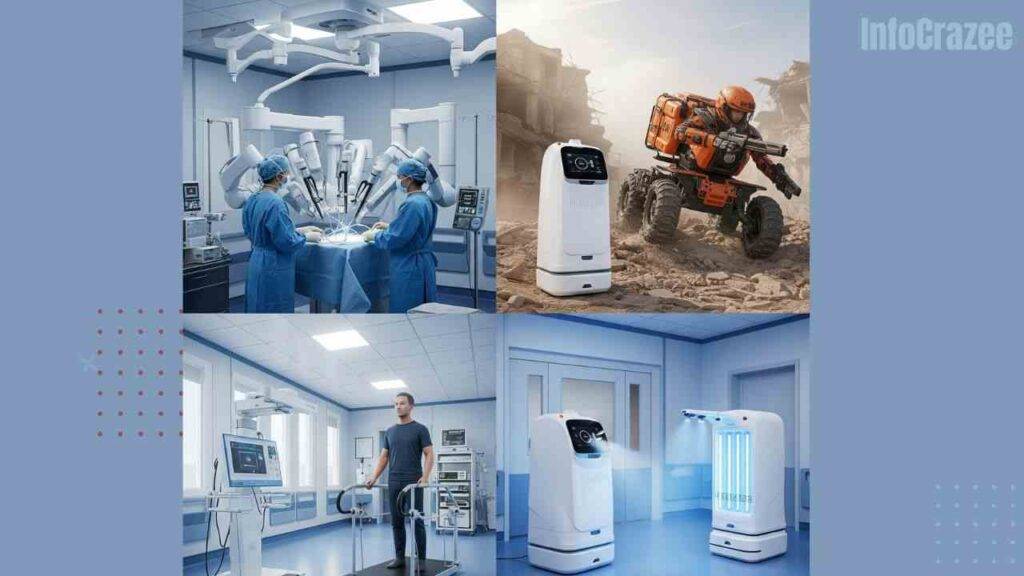
And in disaster zones, robots can go where humans can’t—searching for survivors or testing dangerous environments.
Smarter Learning for Kids
Robots are making learning exciting for kids—and easier for teachers.
- Coding robots like Dash or LEGO Boost help kids understand programming through play.
- AI-powered learning bots adjust difficulty levels to match a child’s skill.
- Classroom assistants support teachers by answering repetitive questions or taking attendance.
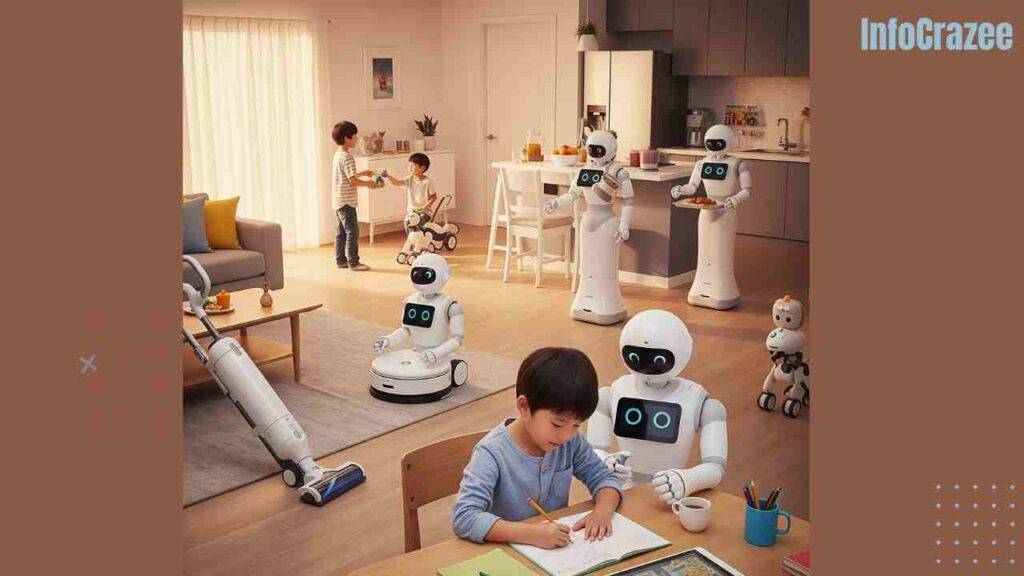
This not only boosts learning but also helps kids get more comfortable with technology from an early age.
Fun and Entertainment, Upgraded
Let’s not forget the fun stuff. Robots aren’t all work and no play.
- Robot pets like Sony’s Aibo act like real dogs—minus the mess.
- Home assistants like Alexa or Google Nest may not walk around, but they’re robotic in how they respond, learn, and adapt.
- Entertainment robots in theme parks, like Disney’s animatronics or dancing bots, make experiences more interactive and fun.
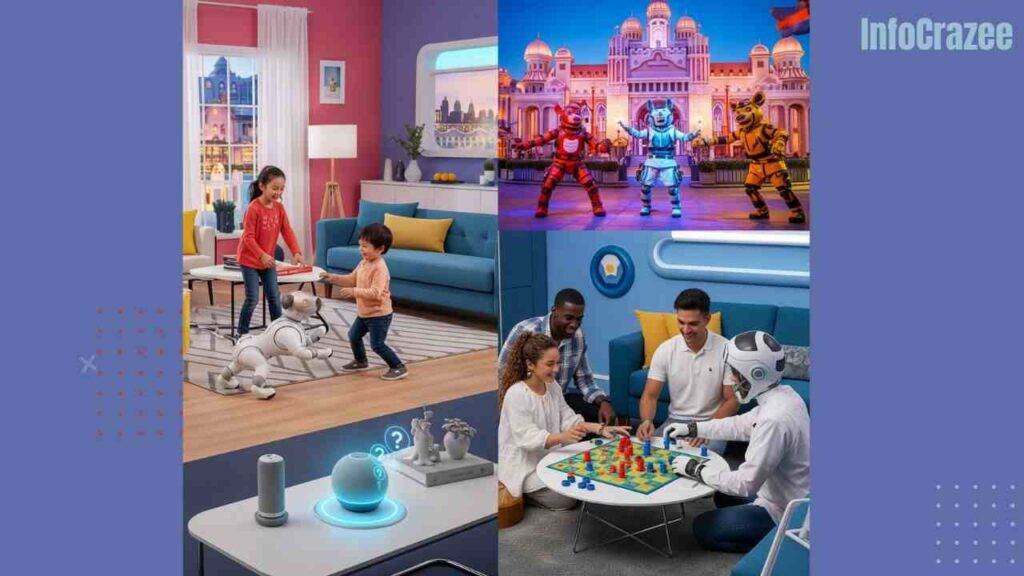
Even board games are getting robotic upgrades that can shuffle, move pieces, and keep track of points. Talk about leveling up family game night!
What Does the Future Hold?
We’re just scratching the surface. As robots get smarter and more affordable, we can expect even more exciting changes:
- Personal chef bots that cook your favorite meals
- Companion robots for the elderly, offering reminders and social interaction
- Home repair bots that can fix simple things like leaky faucets or broken switches
It might sound futuristic now, but so did talking phones and robot vacuums a decade ago. The future is arriving faster than we think.
Final Thoughts
Robotics is no longer just for factories or tech labs. It’s becoming part of our everyday routines—quietly working behind the scenes to make life smoother, safer, and more enjoyable.
You don’t need to own a robot butler or drive a self-driving car to feel the benefits. Chances are, you’ve already welcomed a few robots into your home or workspace—and there are more helpful ones on the way.
So, next time your vacuum starts cleaning by itself or your food gets delivered by a little robot on wheels, take a moment to smile. Life just got a little smarter—and a lot more fun.
What You Can Do Next:
- Try a smart home gadget like a robot vacuum or a smart assistant.
- Teach your kids coding with a simple robot toy.
- Follow robotics news to stay updated on new tools and ideas.
FAQs
Q1: Will robots take away my job?
Not likely. Most robots are designed to help with repetitive or dangerous tasks, so humans can focus on more meaningful work. In many cases, robots work with people, not instead of them.
Q2: Are robots too expensive for regular people?
Not anymore. Prices have come down a lot. You can find robot vacuums, smart pet feeders, or learning robots for kids at very reasonable prices. There’s something for every budget.
Q3: Is it hard to use home robots?
Nope! Most modern robots are super user-friendly. They often come with apps or voice control and don’t require any tech skills. If you can use a smartphone, you can use a home robot.
Let us know in the comments on Infocrazee what robots you’ve tried—or which ones you’re excited about. The future is full of possibilities, and it’s already here!






